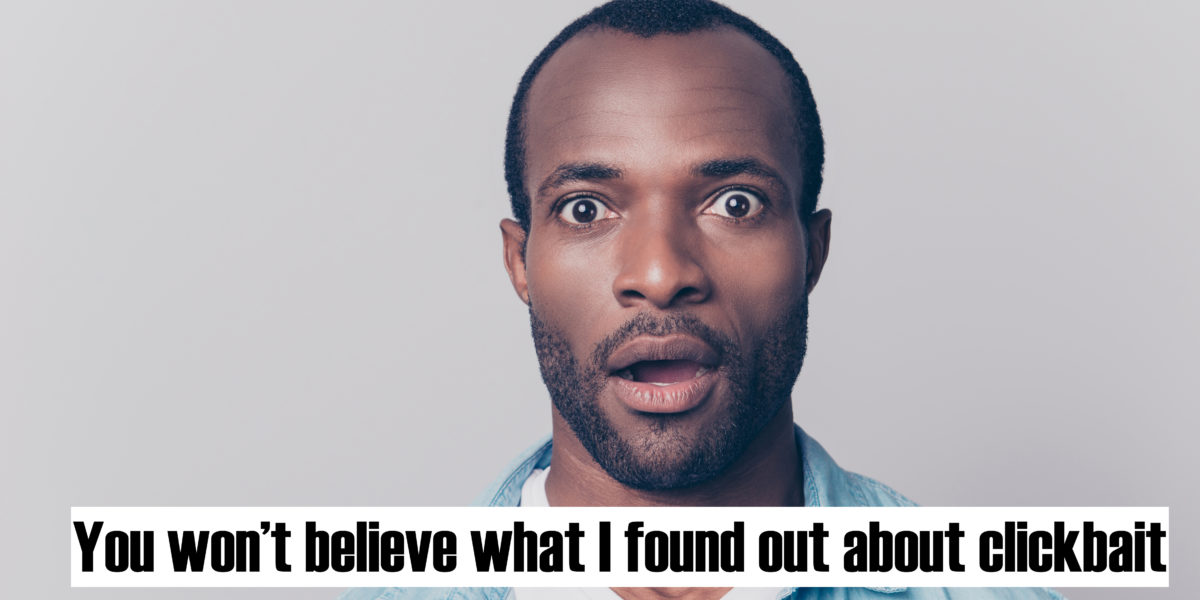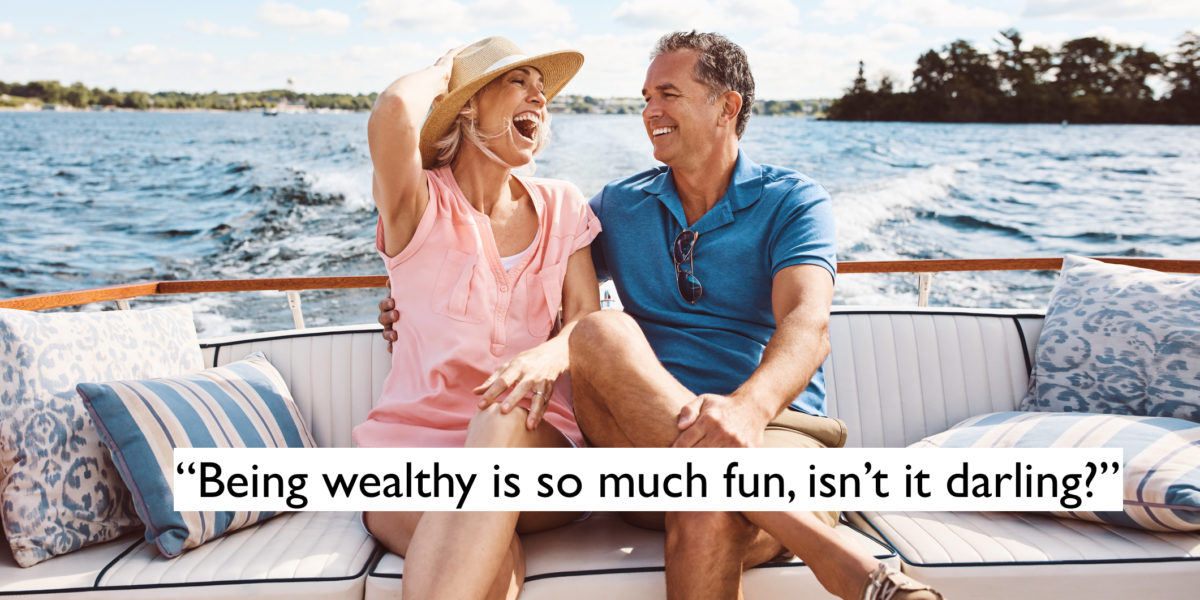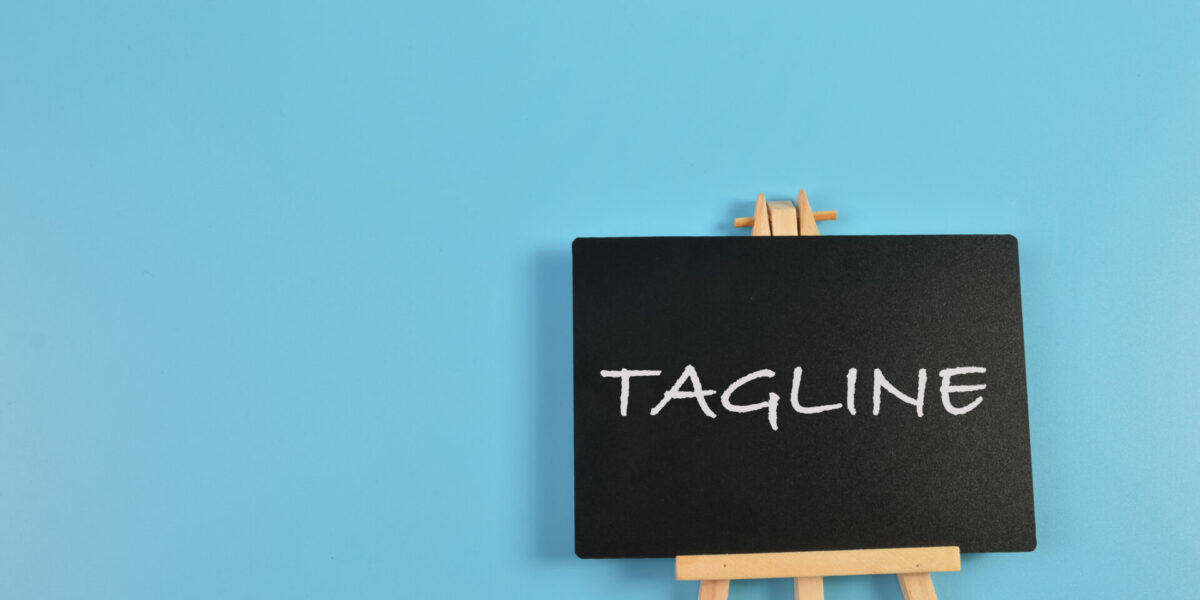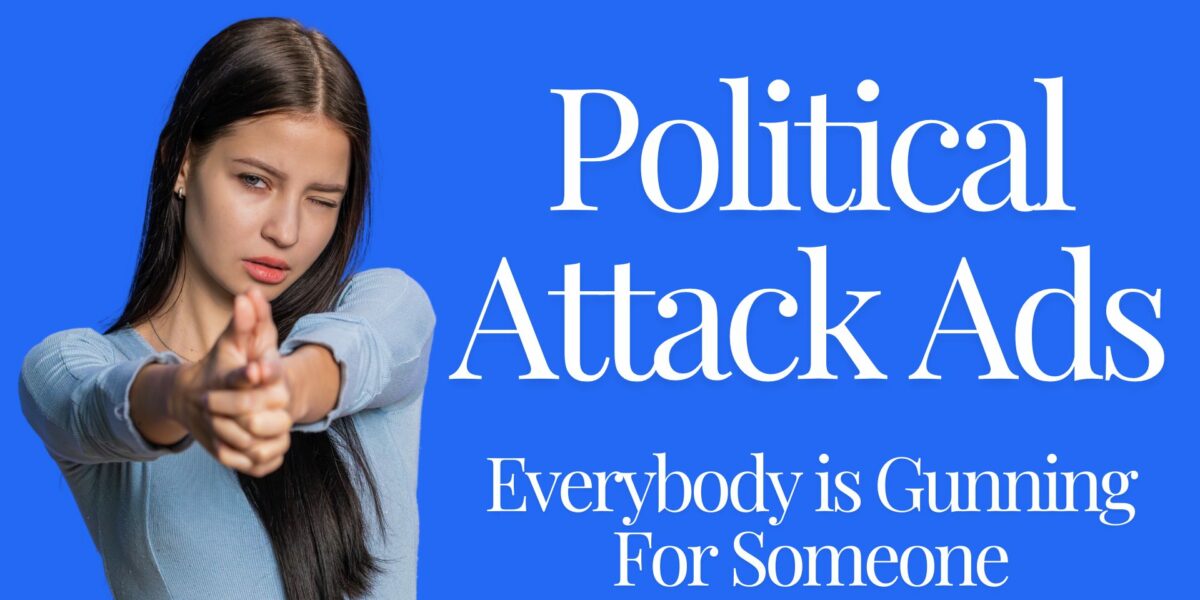We hate it, but we love it.
Clickbait is like that snack you know is bad for you, yet once you start eating it, you can’t stop. It’s like binge-watching “Breaking Bad” till 2:00 am, even though you have a big presentation the next day. It’s like blowing your budget on a suit and shoes when you only intended to buy a tie. You promise yourself you won’t do it again. But you do.
That’s why, even though you know there is nothing simple about weight loss when you see the photo of a buff 50-year old man or woman and the headline “Three Simple Steps to Shed Belly Fat Over 40,” what do you do? Click. You read “Shark Tank Star Reveals Brilliant Mortgage Payoff Tip.” Click. “Homes in Ohio are Increasing in Value. Find Out What Yours Is Worth.” Click.
Webster defines clickbait as “something (such as a headline) designed to make readers want to click on a hyperlink — especially when the link leads to content of dubious value or interest.” But dubious value or interest is in the eye of the beholders — aka, the advertiser and the prospective customers.
You know it’s advertising. You know the story will lead to a sales pitch. You saw the disclaimer line under the photo that reads “sponsored content,” and you know it means “paid content”.
But you know its advertising because you’re a brilliant marketing expert (evidenced by the fact that you’re reading this column). Most people who read the clickbait are not marketing experts. They believe it’s just another news story — and that’s the rub.
Compare that to TV advertising. When you watch “Blue Bloods” on NBC, you’re tuning in to see Tom Selleck, Bridget Mynahan and Donnie Wahlberg battle crime on the streets of NYC. But you don’t get upset when that story is interrupted by a Crest toothpaste commercial — you expect the commercial.
It’s a matter of expectation.
Readers get upset about clickbait when they expect a free and complete story, life hack, health tip, or inside information that might lead to financial gain — and then realize that not only won’t their expectation be met, they’re being prompted to make a substantial purchase.
The key, say many experts, is to be a little more obvious that something will be offered for sale.
Many marketing experts defend clickbait. Neil Patel, author of “The Insider’s Guide to Writing Clickbait Titles — The Secret Ingredient of Viral Marketing” says:
If you believe in what you’re selling and that it can truly help people, it’s your obligation to do whatever it takes to get it in their hands.
In that vein, there’s nothing wrong with clickbait. There’s a reason it’s been in use, successfully, for decades (and almost centuries). It’s because it works. It uses well-worn, psychological patterns that people are already looking for. It gives them what they need when they need it.
When Patel says it’s “been in use successfully for decades,” he is referring to the ads we’ve all seen in the back pages of magazines with headlines like “They Laughed When I Sat Down at the Piano. But When I Started to Play…”
One of the most popular “clickbait” magazine ads was for Charles Atlas bodybuilding courses. It featured an illustrated story of a bully kicking sand in the face of a skinny young man. The headline: “The Incident that Made a Man Out of Mac.”
Even if you don’t use clickbait online ads, you can use the concepts to write better headlines. An article on forbes.com says the best clickbait headlines use Curiosity, Emotion, Exclusivity, and Challenge and can be very effective.
Clickbait headlines work — which is more than you can say for some of the products they promote — $29.95 later and I still haven’t shed my belly fat.













Comment